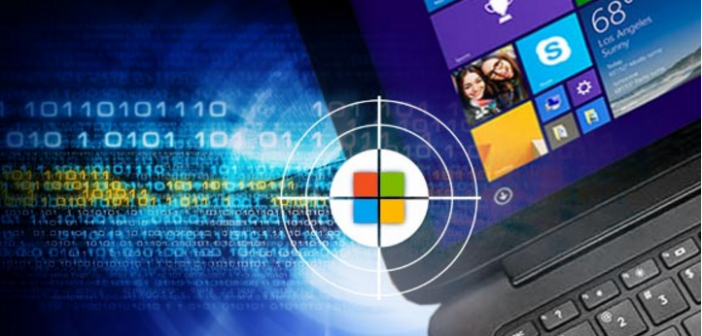Microsoft Unveils Project Ire: AI-Powered Malware Detection System
Microsoft has taken a significant step forward in the fight against cyber threats with the unveiling of Project Ire, an autonomous artificial intelligence (AI) system designed to autonomously detect malware. This innovative technology uses advanced machine learning algorithms and reverse engineering tools to analyze software files and determine their nature - either malicious or benign.
Project Ire is a groundbreaking development that automates what is considered the gold standard in malware classification: fully reverse engineering a software file without any clues about its origin or purpose. Developed by Microsoft's research and security teams, this AI-powered system has shown impressive results in classifying malware with 0.98 precision and 0.83 recall.
According to Microsoft, Project Ire was built on collaborations like GraphRAG and Microsoft Discovery, merging AI with global malware telemetry for advanced threat detection. The company states that its Defender scans over a billion devices monthly, but malware classification still relies heavily on expert review due to the complexity and ambiguity of threats.
Analysts face fatigue and burnout from manual work, especially since many behaviors in software don’t clearly signal if they’re malicious. This highlights the need for scalable, intelligent solutions like Project Ire, which attempts to address these challenges by acting as an autonomous system that uses specialized tools to reverse engineer software.
The system’s architecture allows for reasoning at multiple levels, from low-level binary analysis to control flow reconstruction and high-level interpretation of code behavior. Its tool-use API enables the system to update its understanding of a file using a wide range of reverse engineering tools, including Microsoft memory analysis sandboxes based on Project Freta, custom and open-source tools, documentation search, and multiple decompilers.
Project Ire starts by using smart tools to figure out what a file is and how it works. It then maps out how the software runs using tools like angr and Ghidra. As it digs deeper, it uses AI to study key parts of the software and builds a clear trail of evidence to show how it made its decision. This helps security experts double-check its work.
Finally, it cross-checks its findings and writes a full report, saying whether the software is safe or harmful. The AI-based system was tested on a set of Windows drivers, including malicious ones from the Living off the Land Drivers database and safe ones from Windows Update, to evaluate its ability to classify malware accurately.
“This classifier performed well, correctly identifying 90% of all files and flagging only 2% of benign files as threats. It achieved a precision of 0.98 and a recall of 0.83. This low false-positive rate suggests clear potential for deployment in security operations, alongside expert reverse engineering reviews,”
For each file it analyzes, Project Ire generates a report that includes an evidence section, summaries of all examined code functions, and other technical artifacts.
A New Era in Malware Detection
Microsoft's Project Ire marks a significant milestone in the fight against cyber threats. This autonomous AI system has the potential to revolutionize malware detection and classification, making it possible for security experts to focus on more critical tasks than manual analysis of software files.
The use of advanced machine learning algorithms and reverse engineering tools makes Project Ire a powerful tool in the battle against cyber threats. Its ability to analyze software files autonomously and provide accurate results has the potential to save countless hours and resources that would otherwise be spent on manual analysis.
As the threat landscape continues to evolve, it's essential that we have tools like Project Ire at our disposal. This AI-powered system is a game-changer in the fight against cyber threats, and we can't wait to see what the future holds for this innovative technology.
Stay Ahead of Cyber Threats
If you want to stay ahead of cyber threats, make sure to follow us on Twitter: @securityaffairs and Facebook and Mastodon. We'll be keeping a close eye on Project Ire and other emerging technologies in the fight against cyber threats.
